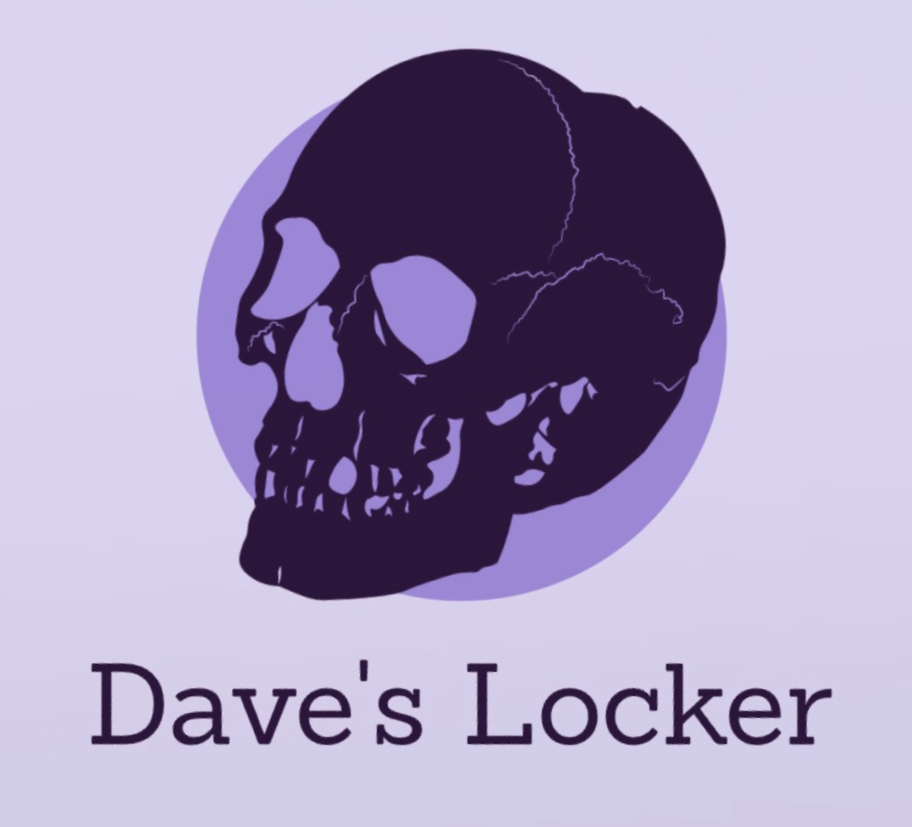Spring Forward, Fall Back, and Lose Your Mind: The Global Daylight Savings Time Debate
**Spring Forward, Fall Back, and Lose Your Mind: The Global Daylight Savings Time Debate**
Alright, folks, it’s that time of the year again. The time when we all collectively scratch our heads and mutter, “Why do we still do this?” Yes, we’re talking about Daylight Savings Time (DST), the biannual ritual of messing with our clocks and, consequently, our lives. But why is DST trending globally right now? Let’s dive in, shall we?
**The Cultural Context: A Brief History of Time Wasting**
Daylight Savings Time was first implemented during World War I as a way to conserve energy by extending daylight hours. The idea was that if we all woke up an hour earlier, we’d use less artificial light, and thus, less coal. Fast forward to today, and we’re still playing this game of time hopscotch, even though the original energy-saving argument is as outdated as a dial-up internet connection.
**The Social Impact: A World Out of Sync**
DST’s impact varies across cultures, but one thing’s for sure: it’s a social experiment we’re all participating in, whether we like it or not. In the U.S., the switch to DST is often met with groans and complaints about lost sleep, while in Europe, it’s a bit more of a non-event. Meanwhile, countries like Japan and India have never bothered with DST, and they seem to be doing just fine.
The social impact of DST is significant. Studies have shown that the time change can disrupt sleep patterns, leading to increased accidents, heart attacks, and even a dip in productivity. It’s like someone’s playing a prank on the world, and we’re all the unwitting victims.
**Why It’s Trending Now**
So, why is DST trending globally right now? For starters, it’s that time of the year again in many parts of the world. The U.S. just “sprang forward” on March 10th, and Europe is set to follow suit on March 31st. But beyond the biannual ritual, there’s a growing debate about whether DST is still relevant.
In the U.S., there’s a push to make DST permanent, a move that’s been dubbed “Lock the Clock.” Proponents argue that permanent DST would mean more daylight in the evenings, leading to increased economic activity and reduced crime. Critics, however, point out that this would mean darker mornings, which could be dangerous, especially for school children.
Meanwhile, in Europe, there’s a movement to abolish DST altogether. The European Commission has even proposed ending the practice, but the plan has been delayed due to disagreements among member states. It’s a classic case of the EU not being able to agree on something, even when it’s something as simple as telling time.
**The Significance: A Symbol of Our Times**
At its core, the DST debate is about more than just time. It’s a symbol of our struggle to adapt to a rapidly changing world. We’re constantly trying to find ways to optimize our lives, whether it’s through technology, lifestyle changes, or, in this case, messing with our clocks.
But perhaps the most significant aspect of the DST debate is its universality. It’s a topic that affects everyone, regardless of their political leanings, cultural background, or time zone. It’s a reminder that, despite our differences, we’re all in this together, trying to navigate the complexities of modern life.
**Conclusion: Time to Move On?**
So, is it time to move on from Daylight Savings Time? That’s a question that’s up for debate. But one thing’s for sure: the conversation is far from over. As we continue to grapple with the pros and cons of DST, let’s remember to laugh at the absurdity of it all. After all, if we can’t laugh at the fact that we’re all collectively losing an hour of sleep twice a year, what’s the point of living in the 21st century?
And who knows? Maybe one day, we’ll look back on this time and laugh at how we used to mess with our clocks like it was some kind of social experiment. Until then, let’s just try to get a good night’s sleep, DST or not.







